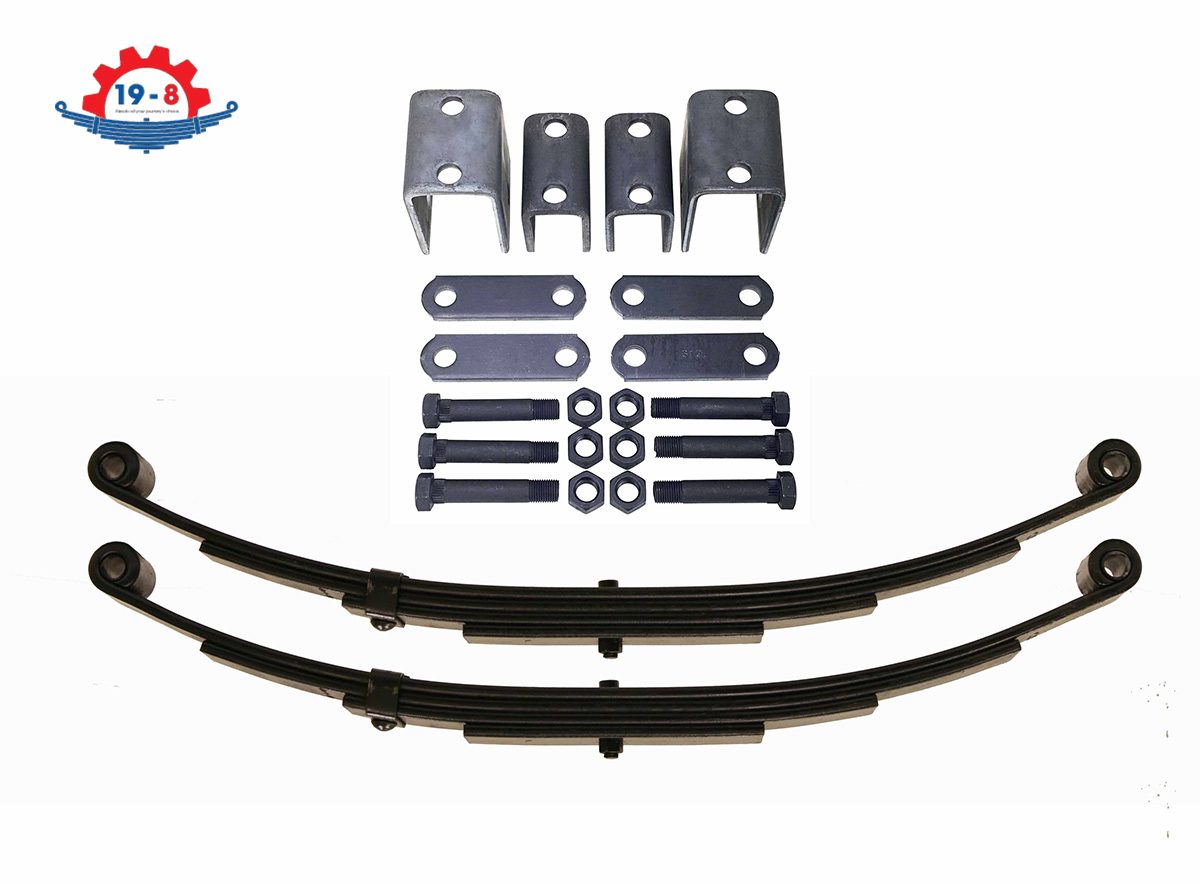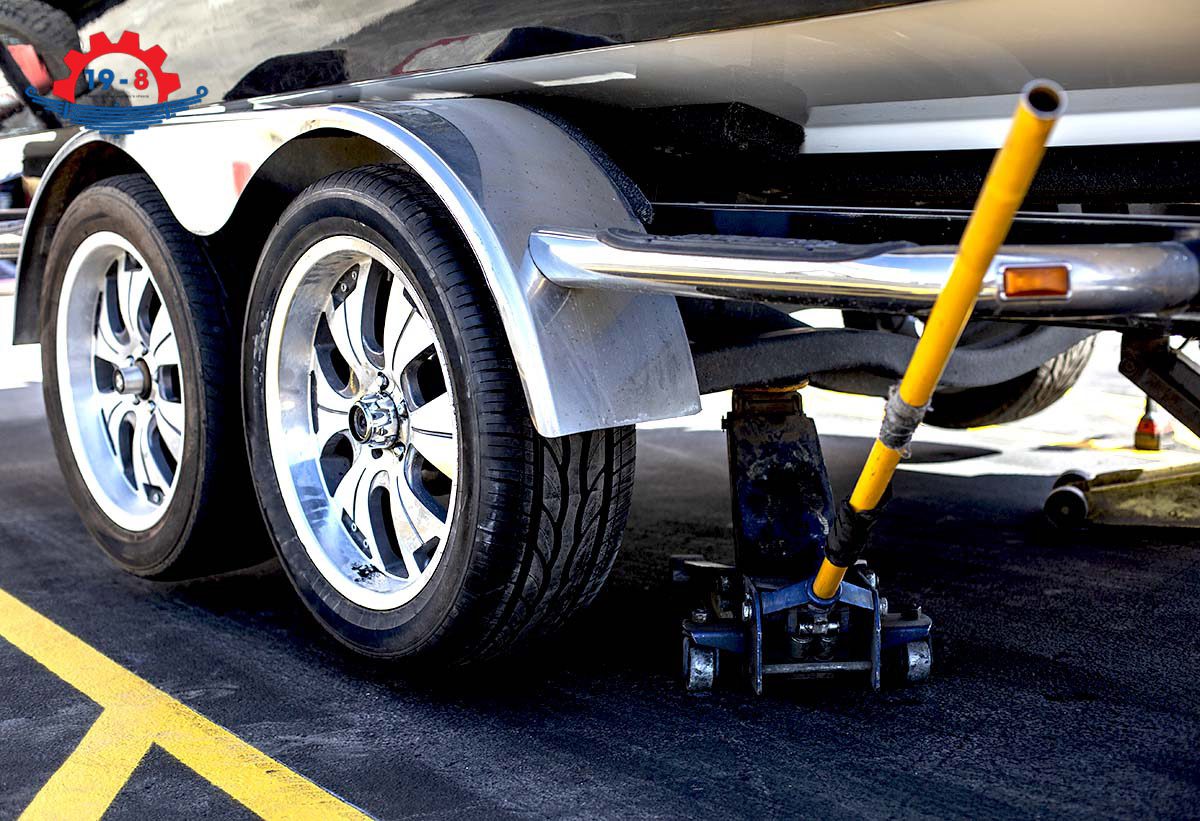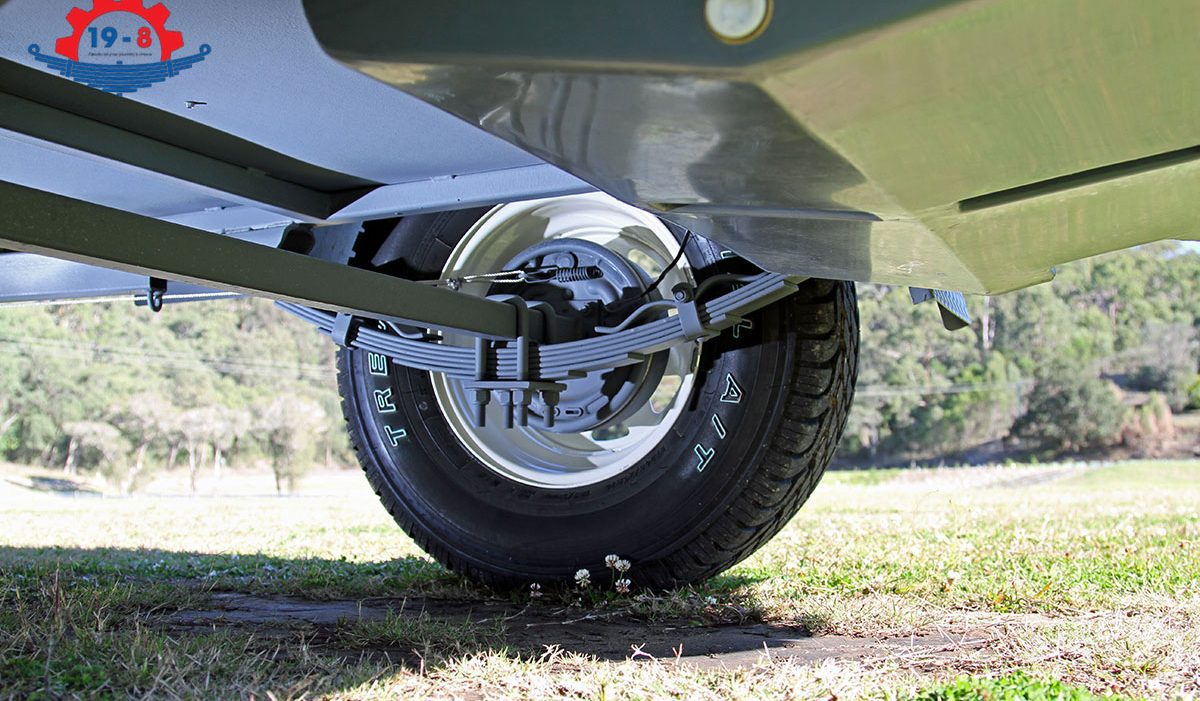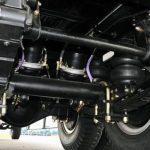Mounting leaf springs on a trailer is an essential task to ensure safety, stability, and effective load-bearing capacity. In this guide, we will take you step-by-step through the process, demystifying the intricacies and ensuring you get it right the first time. Whether you’re a seasoned professional or a DIY enthusiast, this guide will serve as a comprehensive resource for your trailer maintenance needs.
Gathering Tools and Materials
Before you begin, you need to gather the necessary tools and materials. This will ensure that you have everything you need to complete the job safely and efficiently.
List of Tools
The following is a comprehensive list of tools required for the mounting process:
- Jacks: You will need at least two jacks to lift the trailer and support it while you work. Make sure the jacks are rated for the weight of your trailer and have a wide base for stability.
- Jack stands: You will also need at least two jack stands to secure the trailer in place after you lift it. Do not rely on the jacks alone to hold the trailer, as they can fail or slip.
- Wrenches: You will need various sizes of wrenches to loosen and tighten the bolts and nuts that hold the leaf springs and other components. A ratchet wrench can speed up the process, but make sure you have a backup wrench in case the ratchet fails.
- U-bolts: You will need new U-bolts to attach the new leaf springs to the axle. Do not reuse the old U-bolts, as they may be damaged or corroded.
- Safety gear: You should wear gloves, goggles, and ear protection when working on your trailer. You may also want to wear a mask, as there may be dust or rust particles in the air.
Materials Checklist
The following is an outline of the materials needed for the mounting process:
- New leaf springs: You will need new leaf springs that match the specifications of your trailer. You can find the information on the manufacturer’s website or manual, or consult a professional. Make sure you buy high-quality leaf springs that are durable and reliable.
- Associated hardware: You will also need new hardware to install the new leaf springs, such as bushings, shackles, hangers, bolts, nuts, and washers. Again, do not reuse the old hardware, as it may be worn or faulty.
- Lubricant: You should apply some lubricant to the moving parts of the leaf springs and hardware, such as the bushings and shackles. This will reduce friction and noise, and extend the lifespan of the components.


Mounting Leaf Springs on Trailer: A Step-by-Step Guide
Once you have gathered all the tools and materials, you are ready to begin the mounting process. Follow these steps carefully and refer to the manufacturer’s instructions if needed.
Elevating the Trailer Safely
The first step is to elevate safely so that you can access the leaf springs and other components. To do this:
- Park on a flat and level surface. Make sure there is enough space around it for you to work comfortably.
- Chock the wheels to prevent it from rolling. Use sturdy blocks or wedges that can withstand the weight of your trailer.
- Disconnect from your vehicle and remove any load from it. This will reduce the stress on the leaf springs and make them easier to remove and install.
- Locate the jack points on frame. These are usually marked with stickers or labels, or indicated in the manual. Do not jack up your trailer from any other point, as this may damage your trailer or cause it to tip over.
- Place a jack under each jack point and raise your trailer until it is slightly off the ground. Do not lift your trailer too high, as this may make it unstable or damage your jacks.
- Place a jack stand under each jack point and lower your trailer onto them. Make sure they are securely locked in place and can support the weight of your trailer.
- Check that your trailer is stable and level before proceeding to the next step.
Removing Old Leaf Springs
The second step is to remove the old leaf springs from your trailer. To do this:
- Locate the U-bolts that hold the leaf springs to the axle. There should be two U-bolts per leaf spring, one on each side of the axle.
- Use a wrench to loosen and remove the nuts from each U-bolt. Be careful not to lose any washers or spacers that may be attached to them.
- Remove each U-bolt from its bracket and set it aside. Do not reuse these U-bolts, as they may be damaged or corroded.
- Locate the shackles that connect the leaf springs to the hangers on each end of your trailer’s frame. There should be two shackles per leaf spring, one on each end.
- Use a wrench to loosen and remove the bolts from each shackle. Be careful not to lose any bushings or washers that may be attached to them.
- Remove each shackle from its hanger and set it aside. Do not reuse these shackles, as they may be worn or faulty.
- Carefully remove each leaf spring from your trailer and set it aside. Be aware that the leaf springs may be heavy and sharp, so handle them with caution.
Installing New Leaf Springs
The next step is to install the new leaf springs on your trailer. To do this:
- Compare the new leaf springs with the old ones and make sure they are the same size and shape. If they are not, you may have bought the wrong leaf springs or received a defective product. Contact the seller or manufacturer for assistance.
- Apply some lubricant to the moving parts of the new leaf springs and hardware, such as the bushings and shackles. This will reduce friction and noise, and extend the lifespan of the components.
- Carefully place each new leaf spring on your trailer, aligning it with the axle and the hangers. Make sure the leaf spring is oriented correctly, with the curved side facing up and the center bolt pointing down.
- Attach each new shackle to its hanger, using new bolts, nuts, washers, and bushings. Do not tighten them yet, as you may need to adjust them later.
- Attach each new U-bolt to its bracket, using new nuts, washers, and spacers. Do not tighten them yet, as you may need to adjust them later.


Final Adjustments and Safety Precautions
- Check that all the components are aligned and secured properly. Make sure there is no gap between the leaf spring and the axle, and that the shackles are not twisted or bent.
- Use a wrench to tighten all the nuts on the U-bolts and shackles. Follow the manufacturer’s specifications for the torque settings, or use a torque wrench if available. Do not over-tighten or under-tighten them, as this may cause damage or failure.
- Inspect your trailer for any signs of damage or wear, such as cracks, rust, leaks, or loose parts. Repair or replace any defective components as needed.
- Remove the jack stands from under your trailer and lower it to the ground. Remove the jacks and chocks from your trailer’s wheels.
- Reconnect your trailer to your vehicle and load it with some weight. This will help settle the new leaf springs and hardware.
Test and Inspect
To test and inspect your trailer after mounting the new leaf springs, you can do this:
- Drive your trailer for a short distance on a smooth road. Listen for any unusual noises or vibrations, and feel for any changes in handling or braking. If you notice any problems, stop immediately and check your trailer for any loose or faulty components. Adjust or repair them as needed.
- Drive your trailer for a longer distance on a rough road. This will test the performance and durability of your new leaf springs and hardware. Again, listen for any unusual noises or vibrations, and feel for any changes in handling or braking. If you notice any problems, stop immediately and check your trailer for any loose or faulty components. Adjust or repair them as needed.
- Inspect your trailer after driving it for a while. Look for any signs of damage or wear, such as cracks, rust, leaks, or loose parts. Repair or replace any defective components as needed.
In conclusion, understanding the correct method is paramount for both safety and functionality. By following this step-by-step guide, you can ensure a stable, secure, and smooth journey for your trailer. Always remember to check the integrity of your leaf springs and their mountings regularly, ensuring the longevity and reliability of your vehicle’s suspension system.






